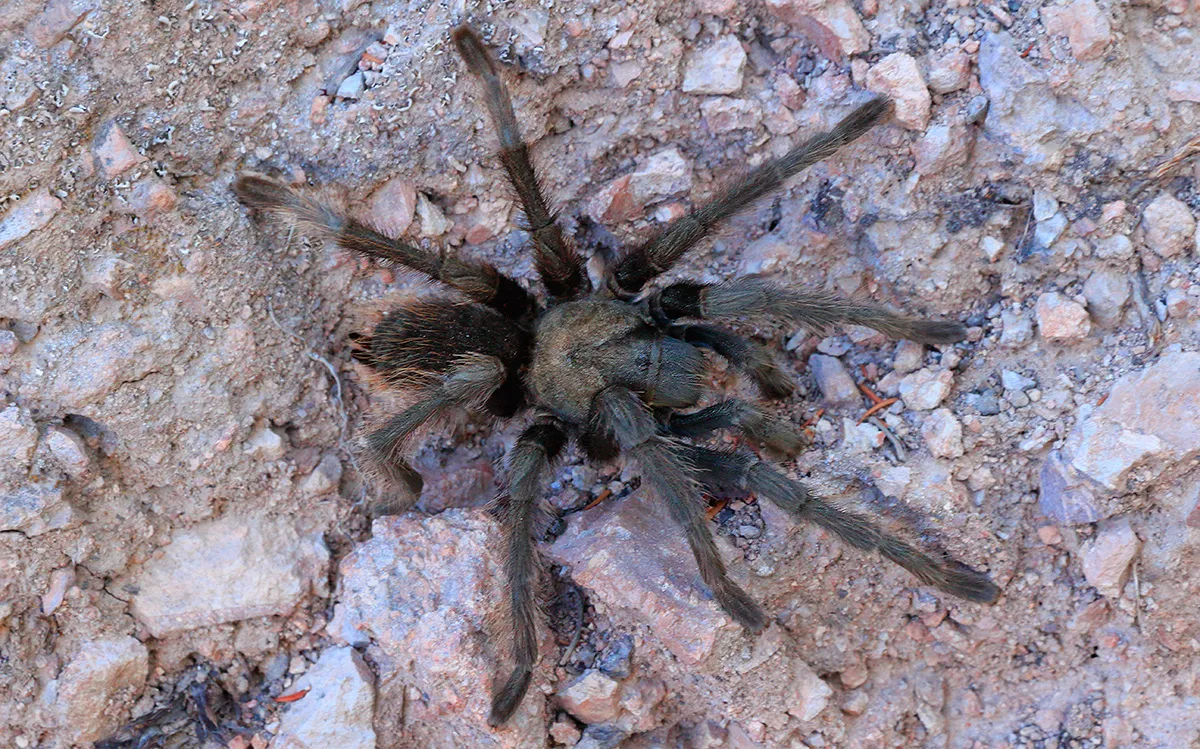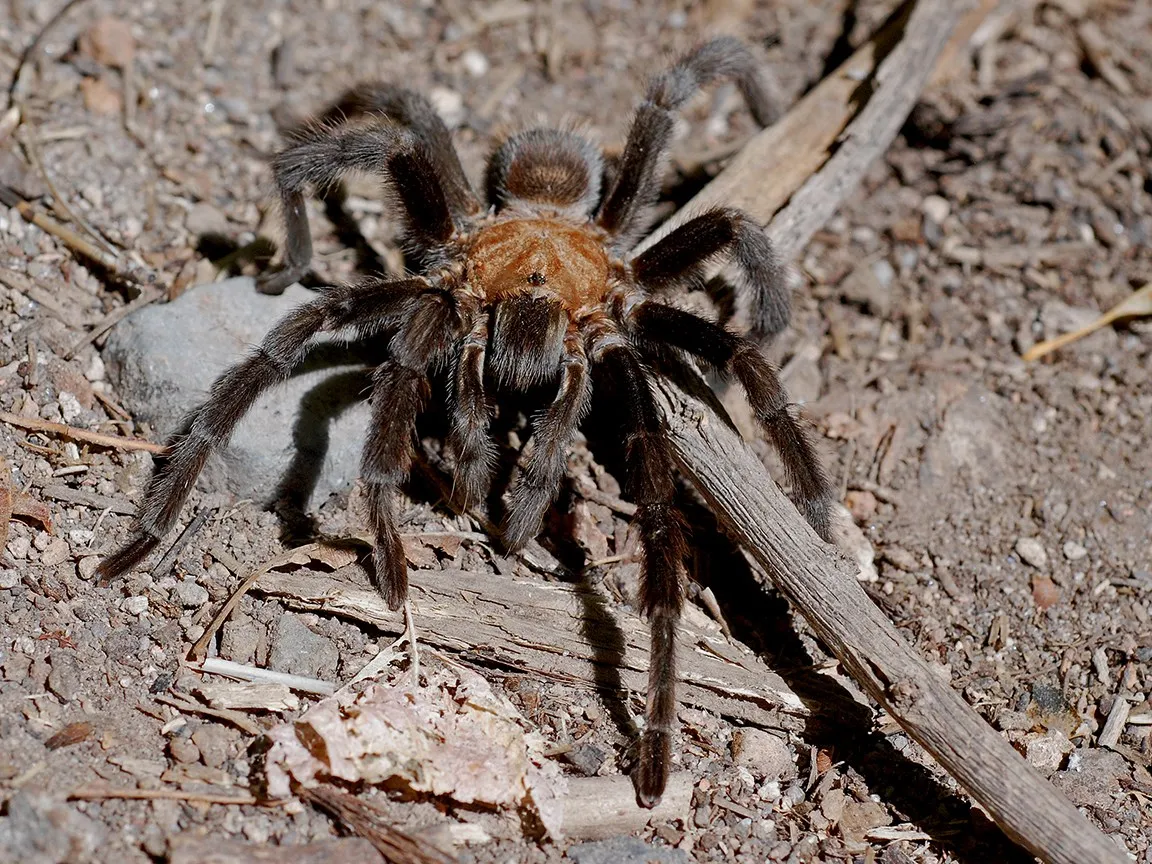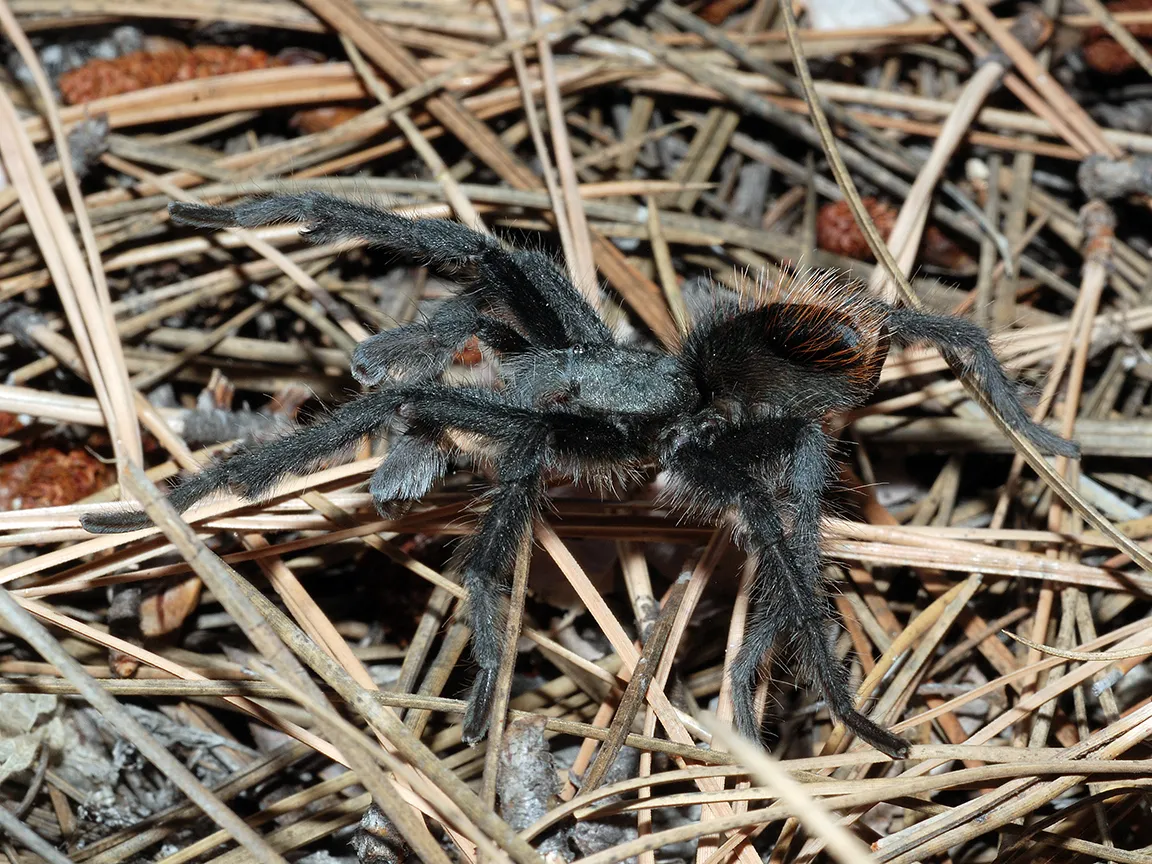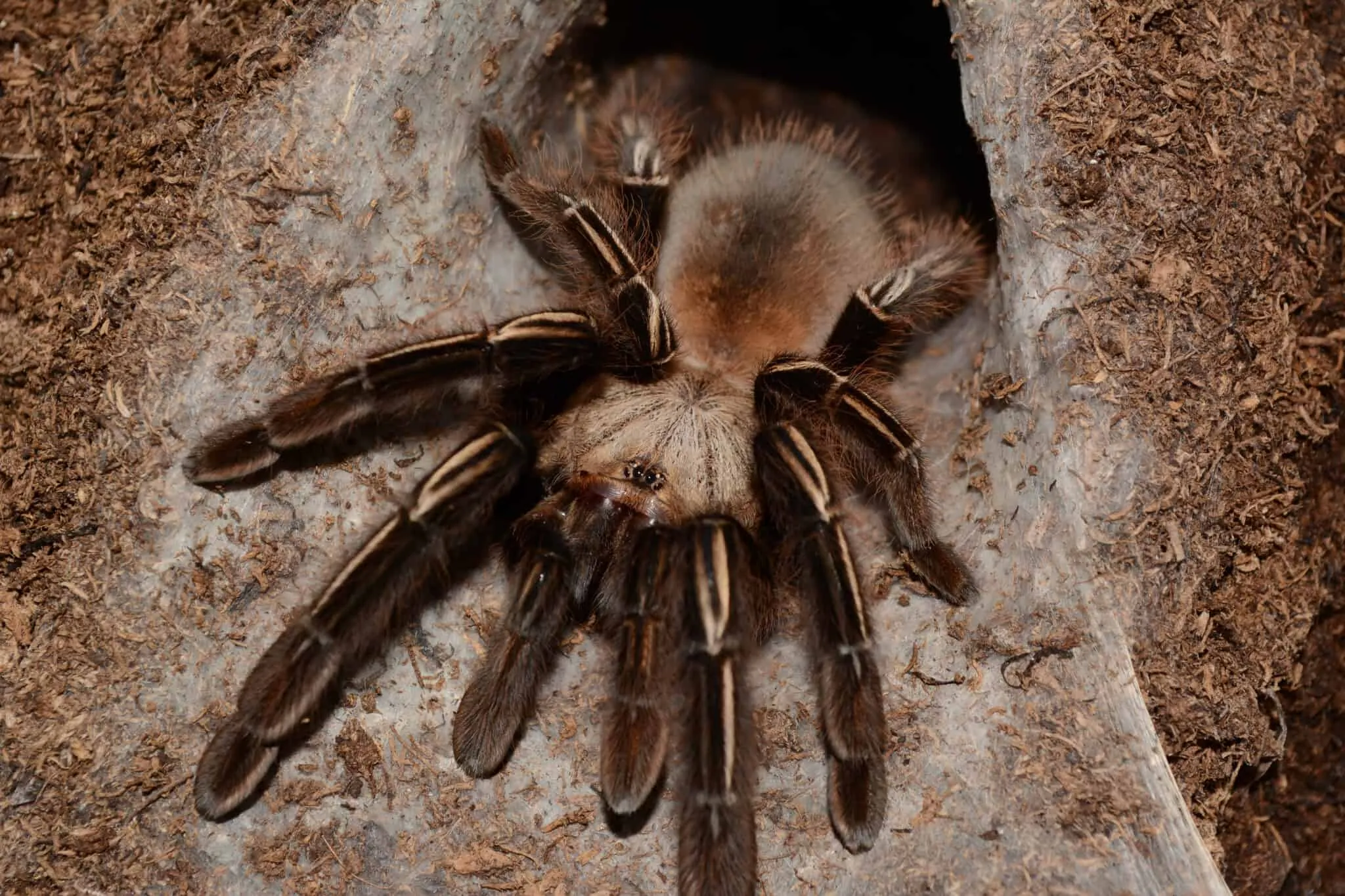Tarantula Habitats Understanding Their Homes
Tarantulas, fascinating arachnids, are found in a diverse range of habitats across the globe. Understanding where these creatures live is the first step to finding them. Their preferred environments often provide the necessary conditions for survival, including suitable shelter, food sources, and climate. Tarantulas are generally terrestrial, meaning they spend most of their time on the ground. They are also nocturnal hunters, so their activity is often concentrated during the night. These spiders are incredibly adaptable, and different species have evolved to thrive in specific environments. Exploring these various habitats will increase your chances of spotting one of these amazing creatures. Remember to observe these animals safely and respect their natural environment.
Deserts Where to Find Tarantulas
Deserts are a common and significant habitat for tarantulas, particularly in regions like the southwestern United States and parts of Mexico. The arid conditions provide ideal conditions for certain tarantula species. These spiders have adapted to the extreme temperatures and scarce water resources by becoming nocturnal and digging deep burrows. During the day, they retreat to their burrows to avoid the heat, emerging at night to hunt. Deserts offer a variety of microhabitats, including sandy flats, rocky areas, and scrub vegetation. Careful observation can reveal the presence of tarantulas, especially near the entrances of their burrows or during mating seasons when males are actively searching for females. Exploring the desert environment at dusk or dawn is a great time to start your search.
Identifying Desert Tarantulas

Desert tarantulas often exhibit specific characteristics that help them survive in their harsh environment. They tend to have a robust build, adapted for digging and enduring temperature fluctuations. Their coloration can vary, often blending in with the desert landscape, from sandy browns to earthy reds. These spiders are typically large, with some species boasting impressive leg spans. They typically have a hairy appearance, which helps to regulate their body temperature by trapping air. When searching for desert tarantulas, look for their burrows, which can be identified by a circular opening often surrounded by silk and debris. Be mindful of the surrounding area and look for movement or signs of activity near potential burrows.
Grasslands A Prime Tarantula Habitat
Grasslands, characterized by open expanses of grasses and sparse trees, are another key habitat for tarantulas. These environments provide ample hunting opportunities, as grasslands often teem with insects, the tarantulas’ primary food source. The dense vegetation offers shelter from the elements and a place to establish burrows. Grasslands in regions like the central United States and parts of South America are particularly well-suited to supporting tarantula populations. The presence of varied terrain, including hills, valleys, and rocky outcrops, creates diverse microhabitats. The availability of water and the prevalence of insects make grasslands an ideal location for tarantulas to thrive. Always be aware of your surroundings as you explore these areas.
Characteristics of Grassland Tarantulas
Tarantulas that live in grasslands have developed specific traits to help them survive. They frequently have colors that match the shades of the grass and soil, which aids in camouflage. Their bodies are typically muscular to easily build their burrows and hunt for prey within the grass. Many species exhibit a hunting strategy that involves ambushing their prey from their burrows or from behind vegetation. When looking for grassland tarantulas, it is essential to look for any possible openings or hints of burrows, as well as any indications of movement in the grass, particularly at dusk or during the night. Keeping a safe distance is essential to avoid startling the tarantula.
Forests and Woodlands Exploring Tarantula Havens

Forests and woodlands, with their dense canopies and humid environments, are home to several tarantula species. These habitats provide a wealth of resources, including shelter, prey, and a moderate climate. Decaying leaves, fallen logs, and the forest floor offer a variety of microhabitats for tarantulas to inhabit. The abundance of insects within these environments makes them an ideal hunting ground. The humidity helps keep the tarantulas hydrated. Exploring forests and woodlands requires a keen eye and the ability to navigate through dense undergrowth. Be cautious of uneven terrain, and always check your surroundings for any signs of wildlife, including tarantulas. The best time to find them might be during the dampest periods.
Types of Tarantulas in Forest Environments
The tarantulas that reside in forests and woodlands have adapted to the conditions in their environment. Some of these tarantulas are skilled climbers and might be found on tree trunks or beneath loose bark. They are frequently darker in color, blending in well with the shady conditions and dampness. These spiders are typically larger and more aggressive predators. Be sure to watch out for their bites. In addition to finding their burrows in the ground, look for indicators of activity along the forest floor, such as silk webs, as well as any indications of recent insect activity. Maintaining a respectful distance is critical. Always be observant and cautious when exploring forest habitats.
Burrows and Underground Habitats
Tarantulas are known for their ability to create burrows, which serve as their homes and provide refuge from predators and the elements. These underground habitats are typically found in soil, under rocks, or near the roots of plants. Burrow construction varies depending on the species and habitat, with some tarantulas digging extensive tunnels. Burrows provide a stable microclimate, protecting the tarantulas from extreme temperatures and desiccation. The size and shape of a burrow can vary, with some species creating simple, shallow shelters and others constructing elaborate, multi-chambered systems. The entrances of burrows are often marked by silk webbing and debris, making them easier to identify. Examining the ground’s surface for such indicators is crucial.
Locating Tarantula Burrows

Identifying tarantula burrows requires careful observation and attention to detail. Look for small, circular openings in the ground, often surrounded by a silken rim or a small mound of excavated soil. The size of the burrow entrance can give you an idea of the tarantula’s size. Also look for the presence of silk webbing around the entrance, which the tarantula uses to line and reinforce its burrow. Look for signs of activity, such as shed exoskeletons or the remains of prey items near the entrance. Sometimes, the burrows are camouflaged by surrounding vegetation or debris, so a keen eye is essential. If you see a tarantula burrow, do not approach or disturb it.
Signs of Tarantula Activity
In addition to burrows, there are several other signs of tarantula activity to look for. Look for silk trails, which tarantulas use to navigate and mark their territory. These trails can often be seen glistening in the sunlight or moonlight. Also, look for the discarded exoskeletons of tarantulas, which they shed as they grow. These exoskeletons can provide valuable clues about the tarantula’s size and species. Check for the remains of prey items, such as insect exoskeletons, near the burrow entrance, which indicate that the tarantula has been feeding. Be mindful of any movement or disturbance near potential burrows, which could indicate the presence of a tarantula. Also, make sure you are at a safe distance.
Tips for Safe Tarantula Observation
Observing tarantulas in their natural habitat requires a high degree of caution and respect for wildlife. Never approach a tarantula or attempt to handle it, as they can bite if they feel threatened. Always maintain a safe distance and avoid making sudden movements or loud noises that could startle the tarantula. Be aware of your surroundings, and watch for any potential hazards, such as snakes, scorpions, and other dangerous creatures. Wear appropriate clothing, including long pants, closed-toe shoes, and gloves if necessary. Always respect the tarantula’s habitat, and never disturb or damage their burrows or surroundings. If you want to take pictures, make sure you have a good camera and zoom lens to keep your distance.
Best Time to Find Tarantulas

The best time to look for tarantulas is typically during the late afternoon or early evening, as this is when they are most active. Many tarantulas are nocturnal hunters, emerging from their burrows after dusk to search for food. During the mating season, which usually occurs in the fall, male tarantulas are often seen wandering in search of females. The best time to find tarantulas will vary depending on the species and location, so be sure to do some research before you go. The best time might be after a rainstorm when the ground is moist, and the tarantulas are likely to be more active. If you are going to search for tarantulas, make sure you bring a flashlight or headlamp so you can see at night.
Equipment for Tarantula Spotting
To make your tarantula-spotting adventure successful and safe, it is essential to bring the right equipment. A good pair of binoculars will allow you to observe tarantulas from a safe distance. A flashlight or headlamp is essential for navigating in low-light conditions. A camera with a zoom lens is useful for taking pictures of tarantulas without disturbing them. Wear sturdy shoes to protect your feet while hiking. Long pants and long sleeves will protect your skin from scratches and bites from any wildlife. It is wise to carry a first-aid kit in case of any minor injuries. Bring water and snacks to stay hydrated and energized. A field guide to local tarantula species can help you identify the tarantulas you find.
Finding tarantulas in their natural habitat can be a thrilling and rewarding experience. By understanding their preferred habitats, recognizing signs of activity, and taking precautions, you can safely observe these amazing creatures and appreciate their unique place in the ecosystem. Remember always to respect their environment and to enjoy the experience responsibly!
